Find the cause of your hair loss and your hair can grow back.
Our scalp is made up of over 100,000 hairs that are constantly growing and falling out during the natural hair cycle. Consequently, this is a completely normal process. However, once the balance between growing and falling hair is disturbed, the hair becomes thinner. A condition that now affects one in four women in Germany.
The causes can be manifold. Among other things, genetic reasons, a stressful period of life, hormones, malnutrition and deficiencies can lead to hair loss. Likewise, disease, trauma and many other things can affect hair growth and cause more hair to fall out than usual. If you notice that you are losing more than the usual amount of hair, you should first see a doctor.
In the following, we will explain to you what the growth cycle of your hair looks like and what factors can play a role in hair loss.
The hair growth cycle
As your hair grows, it goes through three “phases of life.” This cycle ranges from actively starting growth from the root to natural hair loss. By the way, these phases are called anagen phase, catagen phase and telogen phase. Read here what happens during these phases.
Phase |
what happens |
Duration |
Anagen |
During this phase hair growth happens. The cells in the hair bulb divide rapidly in the process. As a result, the hair can grow between 18 and 30 cm. This depends on the maximum hair length, which varies for each person due to genetics, age, health and many other factors. | 2-4 years |
Katagen |
This period is rather short and lasts on average only 2-4 weeks. During this transition phase, hair growth stops and the hair detaches from the blood supply. | 2-4 weeks |
Telogen |
In this phase, hair growth at the root is dormant, while new hair is already starting to grow underneath. This phase lasts about 3-5 months. The “old hair” then falls out and makes way for the new. | 3-5 months |
In hair loss, many of the follicles are consequently in the telogen phase. Therefore, after the cause is corrected (which may take several months), it may take another 3-5 months before hair growth is visible again. So be sure to bring some patience and perseverance on your journey to fuller hair.
Causes of hair loss
Hormones
Hormones definitely play a big role in regulating the hair growth cycle. While female hormones (estrogen) help keep hair in the growth phase (anagen), male hormones (androgens) can tend to shorten the hair growth cycle. This means that when there is an excess of male hormones, thinning hair can also occur.
Stress hormones
When we are under stress, all non-essential systems are shut down – this then includes the supply of the hair roots. When this happens, hair loss occurs. But the good news right after that is that as soon as your stress levels and overall health return to normal, your hair growth will begin again. However, prolonged episodes of stress and a stressful lifestyle can cause permanent damage to follicles. Therefore, if hair loss persists, always try to reduce your stress. Thereby e.g. Dietary supplements with ashwagandha help. They calm the nerves and reduce stress hormones, so your hair can also revive. One such supplement is our Adapto Balance Fatigue Complex.
Estrogen
During her life, there are many hormonal changes that a woman must face. These include postpartum, menopause, IVF treatment, and the start or end of contraception. These are all events that can create an imbalance of hormones and thus trigger hair loss. Depending on the event, the estrogen level in the body is either increased or decreased. Only when the hormones are back in balance does hair growth return to normal. Sometimes a supplement that has a positive effect on hormone regulation can help. That’s why we recommend the Adapto Balance Fatigue Complex with B vitamins and the adaptogen ashwagandha.
Low IGF1
First explained: IGF1 is a hormone that controls cell division. To this end, researchers have found that hair loss in women may be related to lower IGF1 levels. IGF1 regulates the hair cycle and thus hair growth by promoting cell division at the hair bulb.
Consequently, what we want is a good IGF1 level. A special millet extract was shown to significantly increase the excretion of IGF1 in several studies. The hair is thus maintained longer in its growth phase and, moreover, more firmly anchored in the scalp. In this way, hair loss was reduced by an average of 50 percent. You can find this millet extract for example in our Ogaenics Hairleluja Super Hair Complex.
-
Bestseller
Hairleluja
Bio Super Hair Complex with Keranat™ for hair and scalp with a focus on anti-loss and hair beauty.79,90 €2.238,10 € / kg
-
Set 2x Hairleluja | Organic Super Hair Complex
2-pack (=4-month supply) Bio Super Hair Complex: Keranat™ and Omegas for beautiful hair, against hair loss143,80 €159,80 €2.238,10 €2.014,01 € / kg
Protein deficiency
Did you know? Your hair is made almost entirely of protein. For this reason, you should pay attention to a balanced diet with high protein content. Because with it you can effectively prevent hair loss. Meat or even eggs, for example, are full of valuable proteins if you don’t live vegan. Whereas legumes, nuts and seeds are good vegan sources of protein.
Nevertheless, the hair of vegans and vegetarians often grows weaker and finer over time. The reason for this may be a deficiency of essential amino acids due to non-animal diets.
Vitamin D deficiency
Vitamins and minerals also play an important role in maintaining the health of your hair. During the last years, research has increasingly investigated the possible role of vitamin D in hair loss in many studies. The majority of studies found that low blood levels of vitamin D were often prevalent in hair loss. It is therefore essential to have your vitamin D level checked by your doctor. For vitamin D deficiency, by the way, is quite common in our latitudes. If necessary, however, you can remedy a deficiency well with supplements. A suitable product here is, for example, our Hello Sunshine Vitamin D3 Complex or our Hello Sunshine plus K2, each with 2,000 I.U. per capsule.
Iron deficiency
Excessive hair loss may also be due to an undetected iron deficiency. In addition to thinning hair, fatigue and brittle nails are further signs.
If you are deficient in iron, only supplementation will help. Feel free to check out our Feed Your Blood | Blood Building Complex with extra iron. As soon as your iron or ferritin levels are back to normal, you can also switch to a good multivitamin supplement (e.g. Mrs. Do-It-All Multivitamin Complex Women) or an iron supplement (e.g. Iron Maid Plant-Based Iron) for your daily supply. They will help you maintain a healthy iron level. Try it out! If iron deficiency is the reason for your hair loss, you will quickly notice that your hair grows better again.
-
Bestseller
Mrs Do-It-All 18+
Organic Multivitamin Complex Premium for women of fertile age, All-In-One!79,90 €2.302,59 € / kg
Omega fatty acids deficiency
Also, if you have hair loss, make sure you have enough omega fatty acids in your diet. Because they nourish the scalp and provide strong and firm hair. Further, they help your hair grow better and break less.
You should eat good sea fish 2-3 times a week for this and always dress your salad with high quality oils such as walnut oil. If that’s not to your liking, by the way, you can help with an omega supplement here, too. Oilalala Skin Omega Complex from sea buckthorn is perfect here, for example.
Gene
In the case of a genetic predisposition to thinning hair, certain hair follicles are sensitive to male hormones. This sensitivity causes the follicles to gradually shrink. Consequently, with each subsequent hair growth cycle, slightly finer and shorter hairs are produced. This form of hair loss is then called androgenetic alopecia. And although this predominantly affects men, it can also affect women.
Diseases
Furthermore, certain diseases can also accelerate or aggravate hair loss. These include, for example, diabetes, thyroid disorders (hypothyroidism or hyperthyroidism), lupus (an autoimmune disease) and psoriasis. In addition, there is an autoimmune disease with hair falling out in circles called Alopecia Areata or “circular hair loss”. So far, medicine does not know the cause of this. Fortunately, however, this form of hair loss disappears on its own after a few months in many sufferers and hair growth begins again on its own.
Aggressive treatments and stylings
By the way, aggressive chemicals or excessive heat on hair and skin are also poison for your hair growth. Because they make the hair more brittle and prone to breakage. Which can then in turn lead to hair loss. Extremely tight hairstyles, such as ponytails and extensions, are equally harmful. Sometimes even strict braids can have the undesirable effect. This is because they disrupt the flow of blood to the hair follicles and can thus lead to hair loss.
As you can see, you don’t have to simply accept hair loss at all, because sometimes the cause can be remedied quite easily.
M. Keophiphath et. al. “Miliacin encapsulated by polar lipids stimulates cell proliferation in hair bulb and improves telogen effluvium in women,” Journal of Cosmetic Dermatology, 2019;00:1-9.
Hind M. Almohanna, Azhar A. Ahmed, John P. Tsatalis, Antonella Tosti The Role of Vitamins and Minerals in Hair Loss: A Review. Dermatol Ther (Heidelb). 2019;9(1):51-70.
Mostafa W.Z., Hegazy R.A. Vitamin D and the skin: Focus on a complex relationship: A review. J Adv Res. 2015;6:793-804.
Rasheed H., Mahgoub D., Hegazy R., El-Komy M., Abdel Hay R., Hamid M.A. Serum ferritin and vitamin D in female hair loss: do they play a role? Skin Pharmacol Physiol.
Mahamid M., Abu-Elhija O., Samamra M., Mahamid A., Mahmud N.W. Association between vitamin D levels and alopecia areata. Isr. Med. Assoc. J. 2014;16:367-370.
Malloy P.J., Feldman D. The role of vitamin D receptor mutations in the development of alopecia. Mol. Cell. Endocrinol. 2011;347:90-96.
Demay M.B., MacDonald P.N., Skorija K., Dowd D.R., Cianferotti L., Cox M. Role of the vitamin D receptor in hair follicle biology. J. Steroid Biochem. Mol. Biol. 2007;103:344-346.
Amor K.T., Rashid R.M., Mirmirani P. Does D matter? The role of vitamin D in hair disorders and hair follicle cycling. Dermatol. Online J. 2010;16
Mady L.J., Ajibade D.V., Hsaio C., Teichert A., Fong C., Wang Y., Christakos S., Bikle D.D. The Transient Role for Calcium and Vitamin D during the Developmental Hair Follicle Cycle. J. Investig. Dermatol. 2016;136:1337-1345.
Yilmaz N., Serarslan G., Gokce C. Vitamin D concentrations are decreased in patients with alopecia areata. Vitam. Miner. 2012;1:105-109.


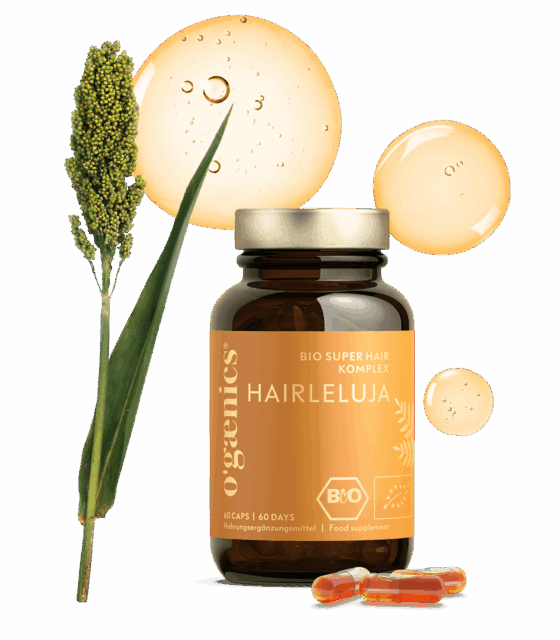


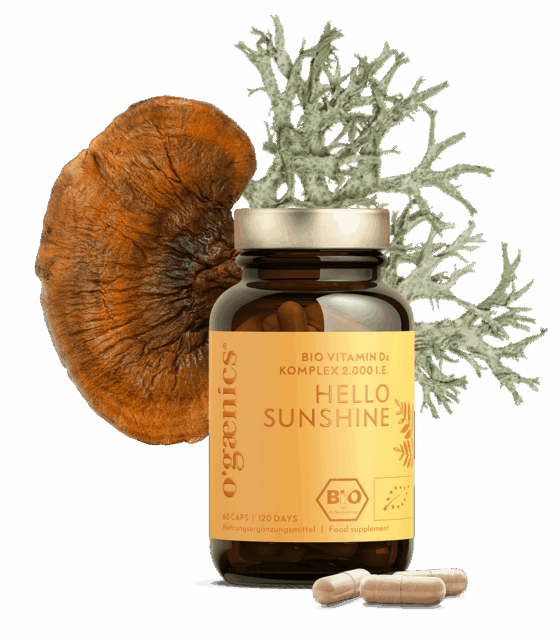



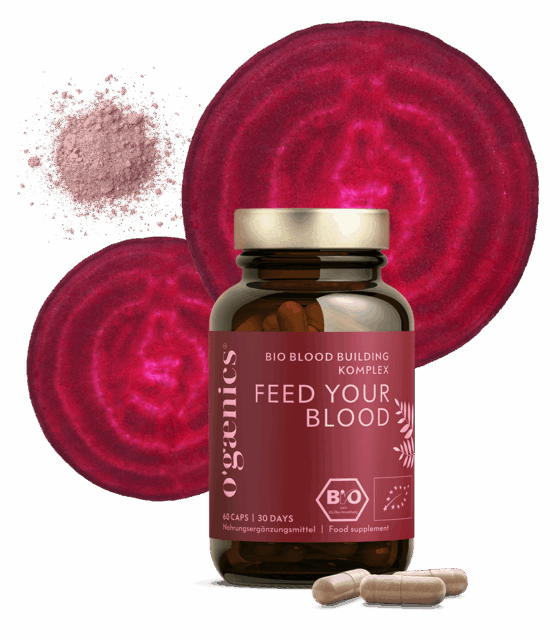

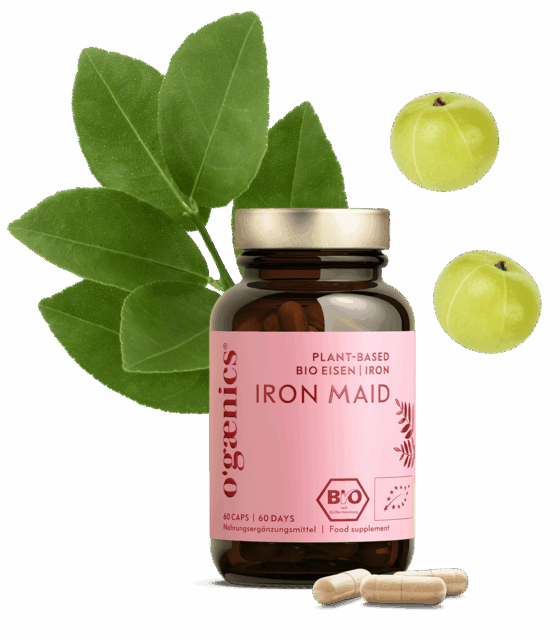

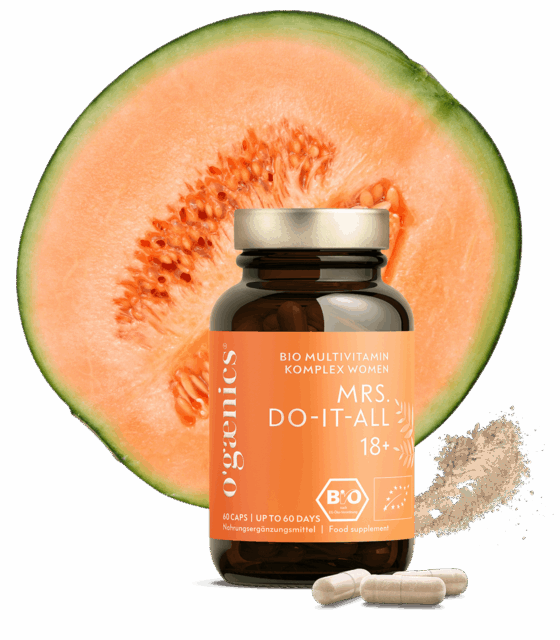
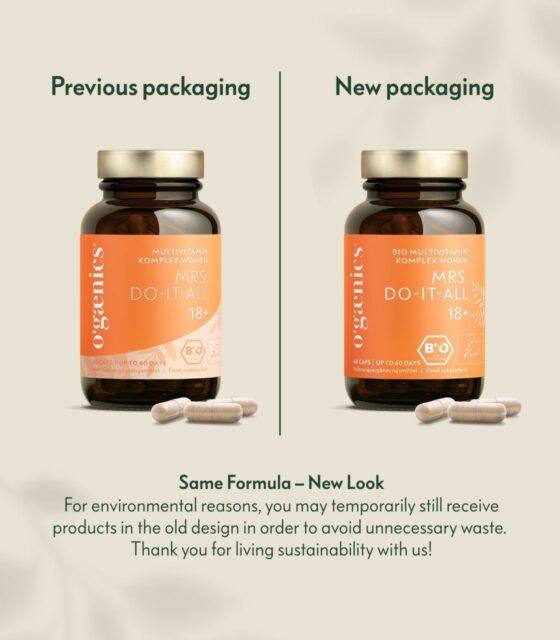





 No products in the cart.
No products in the cart.